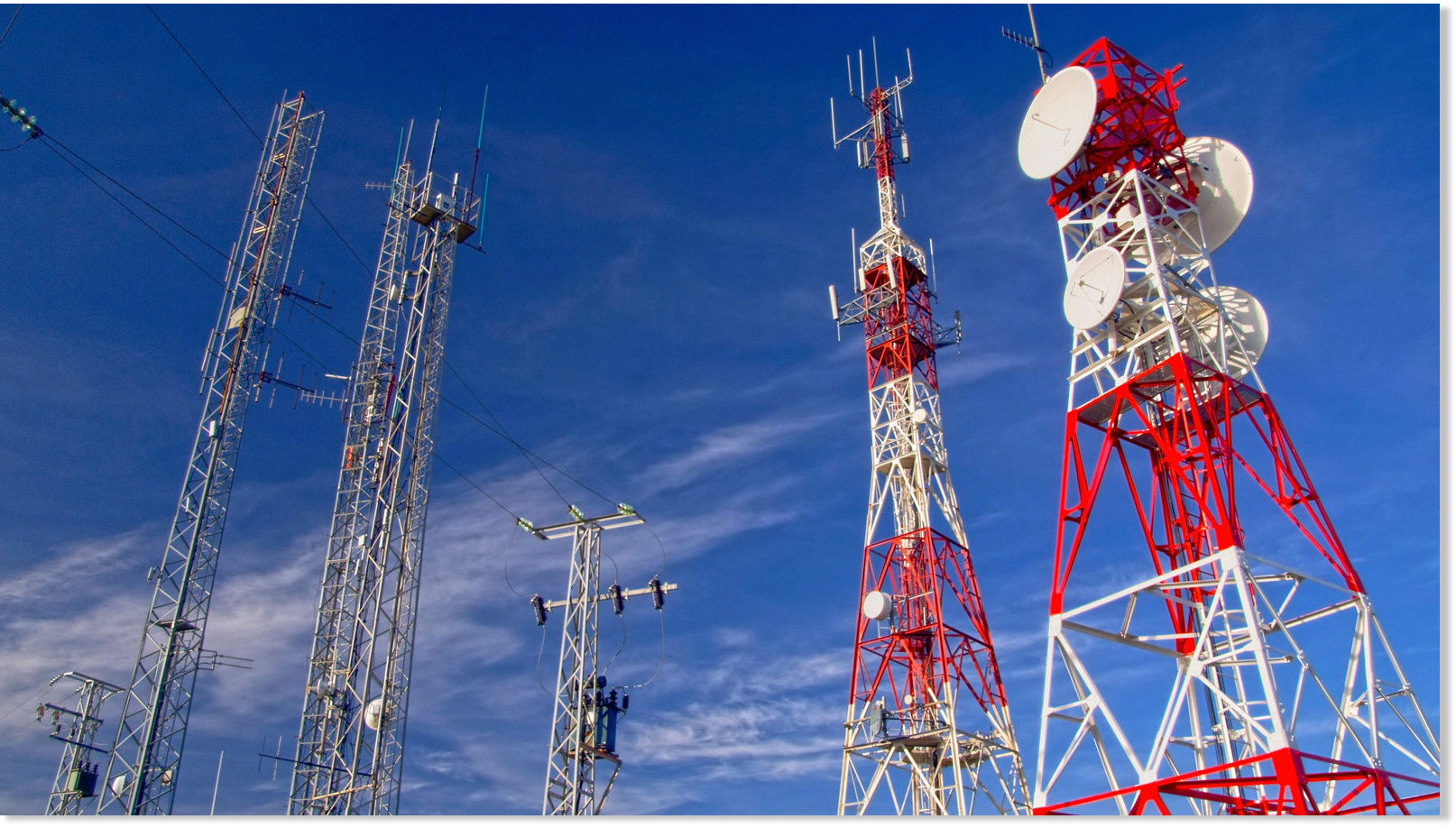5G Radiation and Skin area Cancer

This article discusses the topic of 5G radiation, a non-ionizing electromagnetic radiation. Because 5G radiation is small, it doesn't have the ability to break the bonds between chemical molecules in biological tissues or trigger any modifications to cells. It isn't known if 5G radiation affects the risk of skin cancer, and there is no evidence that exists to suggest that it can cause other illnesses.
High-frequency millimeter wave radiation
High-frequency millimeter wave radiation from mobile phones and wireless networks may cause health issues to humans. There are many ways in which this radiation could cause harm. In some instances, the radiation can cause damage to a person's DNA. In other instances it could cause damage to other areas in the human body including the brain.
Recent research has shown that 5G technology can result in tissue heating. This is why scientists from International Council on Non-Ionizing Radiation Protection (ICNIRP) has asked to review the current thermal and biological safety standards. The current standards for exposure do not protect people from overheated heat exposure in the event of exposure to millimeter wave pulses.
Skin cancer risk
There isn't a definitive answer to the question of whether 5G radiation could cause skin cancer. It is thought that 5G RF-EMFs behave like high-LET ionizing radiations. As a result, they can produce high levels of free radicals in the skin. The FCC hasn't issued any specific guidelines regarding the dangers of 5G technology, and the debate is ongoing.
Although there has been a variety of studies regarding the impact of radio waves with higher frequencies on the health of humans, they have remained largely restricted in their scope. However, there is concern over the effects of millimeter-wavelength exposure on oxidative stress and gene expression. These effects could be extended to the skin and various organs, including the brain.
Influence on other illnesses
The latest generation of technology for wireless, called 5G, is rapidly growing in popularity, but scientists are concerned about the potential health hazards. The technology will significantly increase the amount of electromagnetic radiation found in our surroundings. This is a concern that has led to debates in a variety of nations, including Switzerland. In September 2017 390 scientists and doctors supported a motion for the suspension of 5G technology. The motion was not taken seriously by the European Commission, which is in charge of monitoring the use of 5G technology.
Therefore, more research is needed to assess the health effects of 5G. While we wait studies have proven that 5G does not cause the same effects in humans as old mobile networks. It also does not spread a new type of coronavirus. Additionally 5g radiation symptoms doesn't make people more susceptible to viral infections.
Measurement of exposure
The measurement of the radiation exposure of 5G is a vital aspect in making sure that 5G networks are safe. There are two ways to gauge exposure. One involves measuring RF power absorbed by human tissue. Another involves measuring the amount of radiofrequency energy emitted from an object. Radiofrequency energy (RF) refers to an electromagnetic field of energy that originates directly from radio receivers.
The United States, the FCC has set a limit on the power density of 5G mobile devices. The tests are able to determine power density at a distance of several inches, and it is the FCC does not require measurements of every beam. However, how much power is generated by each beam is estimated through computer simulation. The worst case scenario is selected according to the beam's configuration. each beam.
The study has its limitations
There has been a lot of debate about the impact of 5G radiation on the health of humans. In does 5g emit radiation of 5G, for instance. Swiss authorities, for example, has produced a report which concludes that the technology is not likely to cause negative health consequences in the short term, but there are no studies which have shown long-term negative effects. However, this report has a variety of issues and bias in reportage.
The frequency and power of radio waves that transmit energy are determined by the frequency. 5g towers radiation carried by a millimetre-wave will be the same as the current radio waves however they will be smaller in size and ideal for high-density settings, since they will not be easily block by walls or glass. Highly dense urban areas will require a large number of smaller, low-power locations, while suburban areas would benefit from 5G networks operating at lower frequency.

